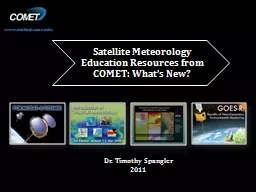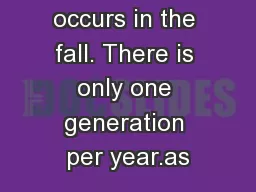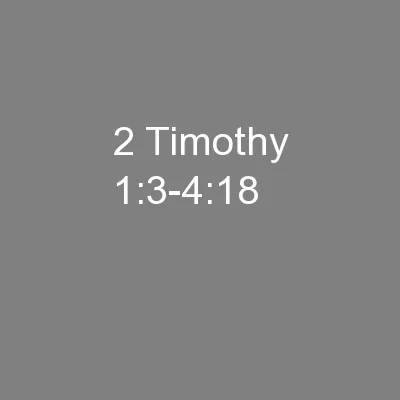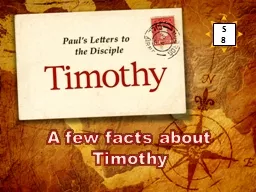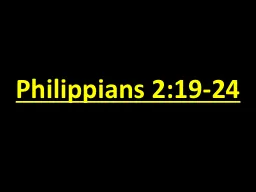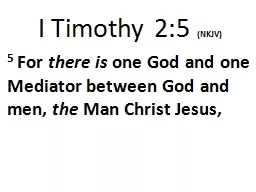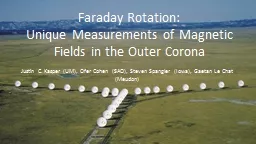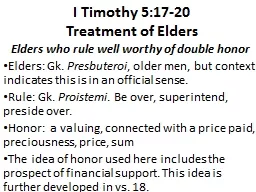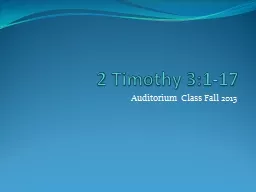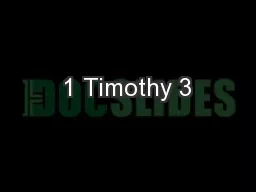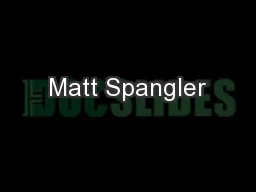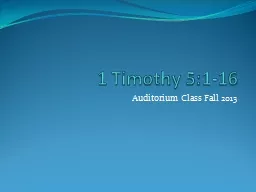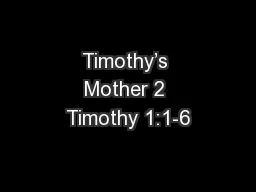PPT-Dr. Timothy Spangler
Author : kittie-lecroy | Published Date : 2016-05-30
2011 Staff of 42 Annual budget 65 million 1185 universities have participated in COMET activities since 1990 600 hours of online distance learning 10 weeks of residence
Presentation Embed Code
Download Presentation
Download Presentation The PPT/PDF document "Dr. Timothy Spangler" is the property of its rightful owner. Permission is granted to download and print the materials on this website for personal, non-commercial use only, and to display it on your personal computer provided you do not modify the materials and that you retain all copyright notices contained in the materials. By downloading content from our website, you accept the terms of this agreement.
Dr. Timothy Spangler: Transcript
Download Rules Of Document
"Dr. Timothy Spangler"The content belongs to its owner. You may download and print it for personal use, without modification, and keep all copyright notices. By downloading, you agree to these terms.
Related Documents

